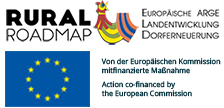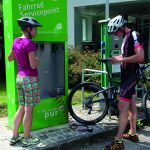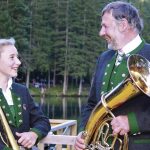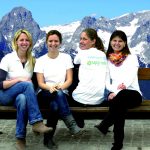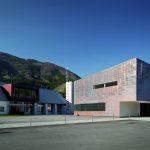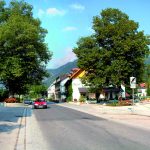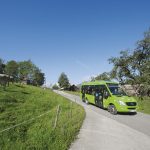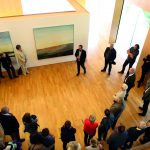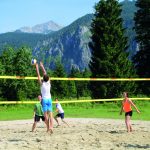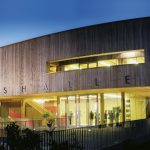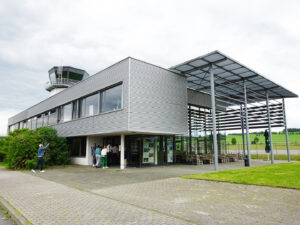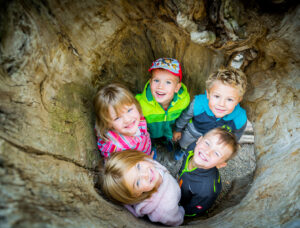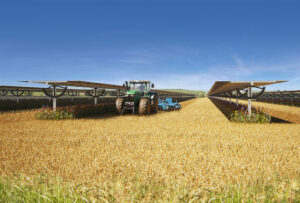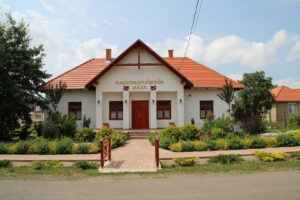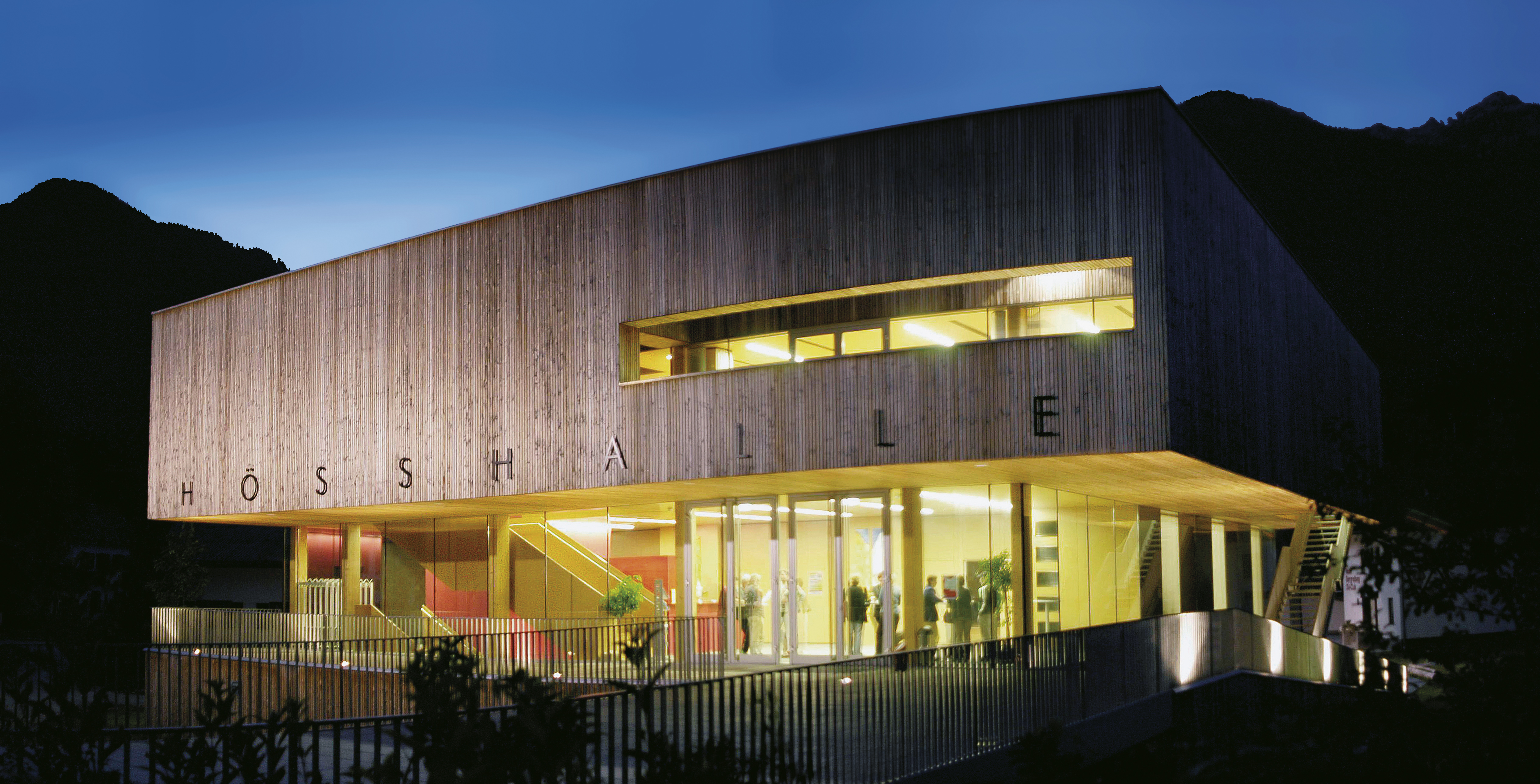
Hinterstoder, Upper Austria, Austria
In Hinterstoder, a municipality of 930 inhabitants, located in the so called Traunviertel in Upper Austria, the developmental process “up the valley – from last to first” had already started in autumn of 1991. The central pillars, upon which this integrated and holistic development process in Hinterstoder is built, are continuous and active involvement of the community, numerous creative and active players, as well as an underlying shared self-image which fosters sustainability, innovation, and modernity.
In order to achieve an improved quality of life for visitors and community members alike, the municipality started reshaping the main road as well as creating attractive village squares and meeting points in the village center in 1994.
Hiring an external architect and city planner along with organizing architectural competitions for the first time have led to a higher quality output in regards to local design matters in addition to having formed strategic partnerships. In this spirit architectural highlights like the award winning event center “Höss-Halle” and the clubhouse were built.
Further integrated projects consist of a sustainable spatial development, the improvement of quality of life in the village, as well as the revitalization of the local economic potential and tourist offer. Innovative projects were realized under the involvement of farming and forestry professionals, tourism businesses, and engaged community members.
Establishing the brand “Hinterstoder pur” for all tourist offerings and the participation within the international network “Alpine Pearls”, committed to green tourism and sustainable mobility for inhabitants and tourists, are especially remarkable in that regard.
The commitment towards strengthening the community’s sense of identity and self-confidence in addition to furthering the “internal moral compass”, the civic engagement, and the formation of networks along with local and interregional cooperation are well documented by the measures taken.”Stodertaler WIR-te” and “Landinger Sommer”, as a special week for creative input of ideas from engaged people, as well as many regular meetings in regards to arts and culture like “Landschaft revisited”, “Augenblicke”, “Ars Vivendi”, Stodertaler Advent” etc. are especially noteworthy.
The documentation center “Alpineum” which was awarded the Museum of the Year 2000 Award is also worth mentioning.
In conclusion Hinterstoder in many ways has shown how improving quality of life in an attractive, innovative, and sustainable village is the key factor for a participative developmental process. The dynamics along with the success are largely based on a lively exchange of ideas through a variety of creative alliances with rural and urban environments alike.
Some more highlights out of the numerous realized projects include drafting a developmental concept for the natural environment “Stodertal”, the concrete reallocation of building land to grassland, the renaturation of the natural treasure “Schiederweiher”, the efficient usage of endogenous resources for heat generation, the remodeling of the old postal office into center-near living, plus the adjustment of the town lighting according to a quality concept which in addition to energy efficiency and traffic safety also considers health relevant aspects of light.
Methodology, sustainability, model culture of participation, and exemplary civic engagement are to be evaluated very highly, as well as Hinterstoder does the motto “th!nk ahead” justice in diverse yet appealing ways. The conscious introduction of consequent consultation with external technical planners or authorities together with coordinated process planning yield a significant advantage
in regards to the integrated developmental process. This demonstrates “th!nk further” and beyond the horizon in its best form and its highest quality.
Evaluated: 2018
